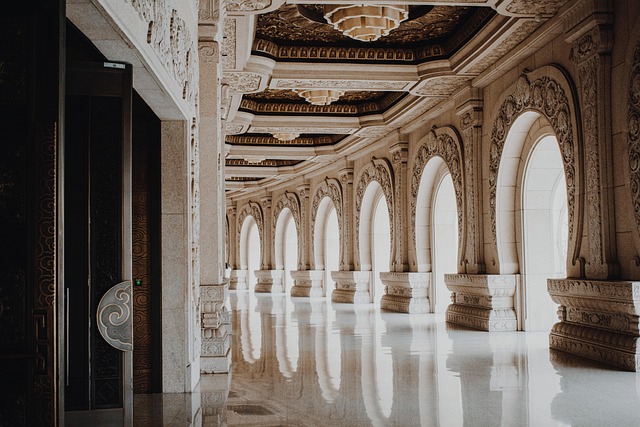Neoclassical Ballet: A Fusion of Tradition and Innovation
Ballet, an art form that has graced stages for centuries, continues to captivate audiences with its timeless beauty and graceful movements. Among the various ballet styles that have evolved over the years, neoclassical ballet stands out as a bridge that seamlessly connects tradition and innovation. In this article, we delve into the world of neoclassical ballet, exploring how it strikes a harmonious balance between preserving classical techniques and embracing contemporary creativity.
The Evolution of Ballet: Ballet, with its origins dating back to the Renaissance courts of France and Italy, has undergone numerous transformations. From the lavish performances of the Romantic era to the precise and structured techniques of classical ballet, the art form has seen a constant ebb and flow of styles. Neoclassical ballet emerged as a response to the rigidity of classical ballet, introducing new elements that challenged conventions while paying homage to tradition.
The Essence of Neoclassical Ballet: Neoclassical ballet takes the foundational techniques of classical ballet and infuses them with a sense of innovation. Dancers in neoclassical pieces showcase fluidity, athleticism, and versatility that break free from the constraints of strict adherence to tradition. This style emphasizes clean lines, intricate footwork, and emotional expression, allowing dancers to explore a wider range of movements and emotions.
A Blend of Old and New: One of the most intriguing aspects of neoclassical ballet is its ability to seamlessly blend classical movements with contemporary choreography. Dancers may execute traditional steps with a modern twist, incorporating unexpected pauses, shifts in rhythm, and asymmetrical formations. This fusion of old and new creates a captivating dynamic that captures the audience's attention and keeps the art form relevant in today's ever-changing world.
The Role of Music: Music plays a pivotal role in neoclassical ballet, just as it does in other ballet styles. Composers create scores that echo both classical compositions and modern melodies, amplifying the fusion of tradition and innovation. The choreography is intricately woven into the music, resulting in a symphony of movement that reverberates with emotional depth and technical brilliance.
Innovation in Costumes and Set Design: Neoclassical ballet isn't limited to choreography and music—it extends to costumes and set design as well. Costumes may blend classical silhouettes with contemporary fabrics and details, infusing visual creativity into the performance. Set designs, though often minimalistic, can incorporate innovative lighting techniques and projections that enhance the overall storytelling experience.
Choreographer Visionaries: Neoclassical ballet owes much of its evolution to visionary choreographers who dared to challenge norms and explore new possibilities. Choreographers like George Balanchine and William Forsythe have left an indelible mark on the genre by pushing boundaries and encouraging dancers to embrace their technical prowess while embracing experimentation.
Neoclassical in Popular Culture: Beyond the traditional stage, neoclassical ballet has also found its place in popular culture. Television shows, movies, and even commercials have incorporated neoclassical movements to convey emotion, grace, and sophistication. This widespread recognition underscores the genre's ability to connect with diverse audiences across different platforms.
The Path Forward: Neoclassical ballet continues to evolve, shaping the future of dance by bridging tradition and innovation. Dancers, choreographers, and audiences alike contribute to its ongoing narrative, ensuring that it remains a relevant and vibrant art form for generations to come.







